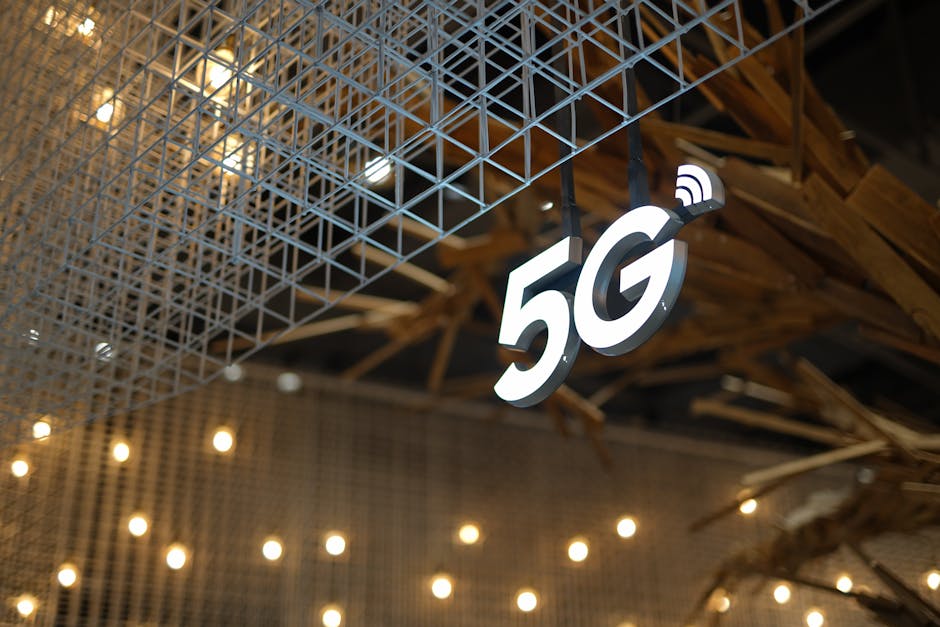5G Rollout Update: What You Need to Know in 2024

The rollout of 5G technology has been a major focus for telecom companies and governments worldwide. As 2024 approaches, This article provides an update on the current status of 5G deployment, its benefits, challenges, and what to expect in the coming year.
Current Status of 5G Deployment
5G networks are now available in numerous countries, with significant progress made over the past few years. According to a recent report by the Global Mobile Suppliers Association (GSA), over 200 operators in more than 80 countries have launched commercial 5G services (gsacom.com). Major telecom operators like Verizon, AT&T, and T-Mobile in the United States, as well as Vodafone and EE in Europe, have expanded their 5G coverage extensively.
Despite this progress, coverage is still not ubiquitous. Many rural and remote areas continue to rely on older network technologies. The primary focus has been on urban centers where the demand for high-speed connectivity is highest. The ongoing rollout aims to bridge this gap, ensuring broader accessibility.
Additionally, the development of standalone (SA) 5G networks is gaining momentum. Unlike non-standalone (NSA) networks that rely on existing 4G infrastructure, SA networks offer improved performance and lower latency, paving the way for more advanced applications.
Benefits of 5G Technology
The transition to 5G technology brings numerous advantages over previous generations of wireless networks. Some of the key benefits include:
- Faster Speeds: 5G can deliver download speeds up to 100 times faster than 4G, significantly reducing load times for applications and content.
- Lower Latency: The reduced latency of 5G networks (down to one millisecond) enables real-time communication essential for applications like autonomous driving and remote surgery.
- Increased Capacity: With its ability to support more connected devices simultaneously, 5G is ideal for dense urban environments and large-scale events.
- Enhanced Reliability: The network's robustness ensures consistent performance even during peak usage times.
Challenges in 5G Deployment
While the benefits are clear, the deployment of 5G networks faces several challenges. One major issue is the high cost of infrastructure development. Building new cell towers and upgrading existing ones requires substantial investment from telecom operators.
Another challenge is regulatory approval. Different countries have varying regulations regarding spectrum allocation and infrastructure deployment. Navigating these regulatory landscapes can delay implementation efforts.
The availability of compatible devices is also a concern. Although many new smartphones support 5G, widespread adoption will depend on consumers upgrading their devices. This can be a slow process given the costs involved.
Future Developments in 2024
The year 2024 is expected to see several advancements in the realm of 5G technology. One significant development will be the further expansion of standalone (SA) networks. These networks will enable more advanced applications such as enhanced mobile broadband (eMBB), ultra-reliable low-latency communication (URLLC), and massive machine-type communication (mMTC).
The integration of artificial intelligence (AI) and edge computing with 5G is another area poised for growth. AI can optimize network performance while edge computing brings data processing closer to the source, reducing latency further.
Moreover, industries such as healthcare, manufacturing, and transportation are expected to benefit greatly from these advancements. For instance, remote surgeries could become more common with reliable low-latency connections; smart factories will leverage IoT devices for real-time monitoring; autonomous vehicles will communicate seamlessly with infrastructure systems.
Global Progress Comparison
| Region | Current Status | Expected Developments in 2024 |
|---|---|---|
| North America | Extensive urban coverage; expanding rural areas | Increased standalone network deployment; broader device compatibility |
| Europe | Widespread urban rollout; regulatory hurdles in some regions | Enhanced infrastructure investments; focus on smart cities initiatives |
| Asia-Pacific | Pioneering in technology; high density coverage in major cities | Continued innovation; focus on industrial applications |
| Africa | Limited deployment; reliance on older technologies | Gradual rollout; investments in infrastructure development |
| South America | Mixed progress; significant rural gaps | Broadening urban coverage; addressing regulatory challenges |
What Lies Ahead?
The rollout of 5G technology is set to transform how we connect and interact with the world around us. While there have been significant strides made in deploying these networks globally, challenges remain that must be addressed to ensure widespread accessibility.
The future looks promising as advancements continue into 2024. Enhanced standalone networks, integration with AI and edge computing, along with broader industry applications signify a new era of connectivity. As these developments unfold, both consumers and industries stand to benefit immensely from the capabilities that 5G brings to our digital landscape.